
The manufacturing landscape is rapidly evolving, and injection moldable plastics have emerged as a transformative force, revolutionizing various industries. According to a recent report by MarketsandMarkets, the global market for injection molded plastics is projected to reach USD 340.99 billion by 2025, growing at a CAGR of 5.8%. This growth can be attributed to the increasing demand for lightweight yet durable materials that can offer cost-effective solutions across sectors such as automotive, consumer goods, and healthcare. The versatility of injection moldable plastics enables manufacturers to explore innovative applications, enhancing design flexibility and production efficiency. As industries shift towards sustainable practices, alternatives to traditional materials, such as bio-based and recycled plastics, are gaining traction, further amplifying the relevance of injection moldable plastics in modern manufacturing.

Injection moldable plastics have revolutionized the landscape of modern manufacturing, offering unmatched advantages in product design. Key among these benefits is their versatility; manufacturers can create a wide array of shapes and sizes, accommodating complex designs that would be difficult or impossible with traditional materials. This adaptability allows for enhanced creativity in product development, enabling designers to push the boundaries of innovation.
Another significant advantage is cost-effectiveness. Injection molding allows for mass production of items, which reduces the per-unit cost significantly compared to other manufacturing methods. Additionally, the efficiency of the process minimizes material waste, further contributing to savings. Manufacturers can achieve a faster turnaround time, leading to quicker time-to-market and an edge in competitive industries.
**Tip:** When designing for injection molding, consider incorporating features that can reduce assembly time, such as snap-fit designs or integrated components.
**Tip:** Be mindful of the thermal properties of your chosen plastic, as it can impact the product's performance in its intended environment. Always evaluate how the final product will be used to select the most suitable material.
| Application Area | Material Type | Key Advantages | Typical Products |
|---|---|---|---|
| Automotive Components | Polypropylene (PP) | Lightweight, resistant to chemicals, and good fatigue strength | Dashboards, Bumpers, Interior Panels |
| Consumer Electronics | Acrylonitrile Butadiene Styrene (ABS) | Strong, impact-resistant, and excellent surface finish | Casings, Keyboards, Housings |
| Medical Devices | Polycarbonate (PC) | High clarity, strong, and sterilizable | Syringes, Diagnostic Equipment, Surgical Instruments |
| Packaging | Low-Density Polyethylene (LDPE) | Flexible, resistant to moisture, and recyclable | Bags, Containers, Shrink Films |
| Industrial Components | Polystyrene (PS) | Cost-effective, good thermal insulator | Housings for Electrical Equipment, Insulating Parts |
The increasing demand for lightweight and fuel-efficient vehicles has created significant growth opportunities in the automotive market. As manufacturers strive to meet stringent emissions regulations and consumer preferences for greener alternatives, the role of injection moldable plastics becomes increasingly critical. These materials not only help reduce the overall weight of vehicles, thereby enhancing fuel efficiency, but they also offer designers versatility in creating complex shapes and structures that were previously unattainable.
When selecting materials for injection molding in the automotive sector, it is essential to consider factors such as strength, thermal stability, and sustainability. Bio-based polypropylene, for example, is gaining traction due to its lower environmental impact and impressive performance characteristics. The global market for this type of material is expected to see substantial growth, projected to reach $3.824 billion by 2032. As automotive manufacturers invest in innovative materials, the integration of advanced injection moldable plastics will play a pivotal role in shaping the future of vehicle production, meeting both performance demands and consumer expectations.
The landscape of plastic manufacturing has undergone significant transformation with the introduction of innovative techniques that enhance design flexibility. Advanced injection moldable plastics now allow designers to create complex geometries that were once deemed impossible. Techniques such as multi-material injection molding enable the creation of parts with varied physical properties in a single manufacturing process, expanding the potential for functional applications in various industries.

When exploring the realm of design flexibility, it’s essential to consider the scalability of manufacturing processes. One tip for leveraging this flexibility is to adopt modular design principles that enable easy modifications during the production phase. This approach not only reduces costs associated with retooling but also allows for rapid prototyping and a quicker turnaround time from concept to market.
Another important consideration is the use of advanced simulation software in the design phase. This technology allows engineers to test and iterate designs in a virtual environment, identifying potential issues before production begins. As a tip, investing in robust simulation tools can streamline the design process significantly, ensuring that innovative concepts can be realized efficiently and effectively. By embracing these cutting-edge techniques, manufacturers can truly capitalize on the benefits of modern injection moldable plastics.
As industries increasingly prioritize sustainability, the future of injection molded plastics is evolving to meet these new demands. Manufacturers are now exploring bio-based and biodegradable materials that not only perform well but also minimize environmental impact. Advances in polymer science have led to the development of materials derived from renewable resources, such as cornstarch or sugarcane, which can be molded into complex shapes while maintaining durability and functionality. This shift towards sustainable materials allows companies to align themselves with eco-conscious consumers and regulations while still maintaining production efficiency.
Moreover, innovations in injection molding technologies are paving the way for more sustainable manufacturing practices. Techniques such as foam injection molding and the use of recycled plastics are gaining traction in the industry. By utilizing methods that reduce material waste and energy consumption, manufacturers can enhance sustainability without compromising quality. The integration of smart manufacturing, powered by the Internet of Things (IoT), also plays a crucial role; it allows for real-time monitoring and optimization of processes, which can significantly reduce the carbon footprint of production. Such advancements are not only transforming how plastics are produced but are also setting a new standard for responsible manufacturing in the industry.
The injection molding process, while widely used for its efficiency and versatility, comes with common challenges that can affect quality and production efficiency. According to a report by the Plastic Industry Association, approximately 30% of molded parts fail to meet specifications due to issues such as warping, sink marks, and surface imperfections. These challenges can lead to costly reworks and delays in production cycles.

To mitigate these issues, manufacturers must invest in proper mold design and material selection. Utilizing advanced simulations can help identify potential defects in the molding process before production begins. Additionally, maintaining optimal processing conditions—such as temperature and pressure—can significantly reduce the incidence of defects.
Tips: Always conduct preliminary testing to fine-tune the molding parameters. Implement regular maintenance checks on molds to ensure they remain in good condition and free from contaminants. Lastly, engage in continuous training for staff involved in the injection molding process to keep abreast of the latest techniques and technologies in the industry.
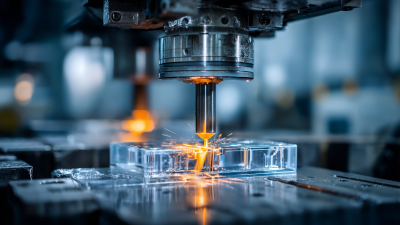
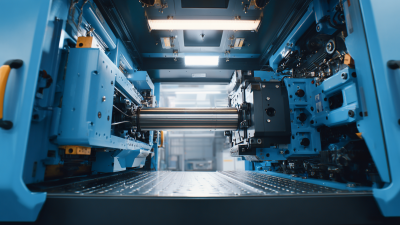
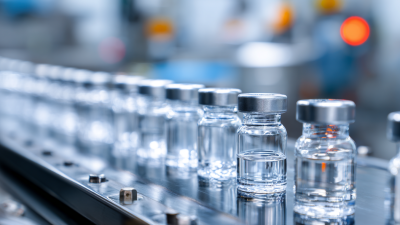
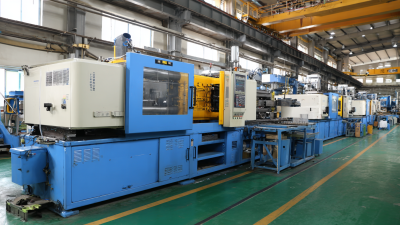
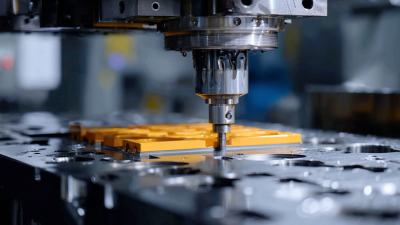
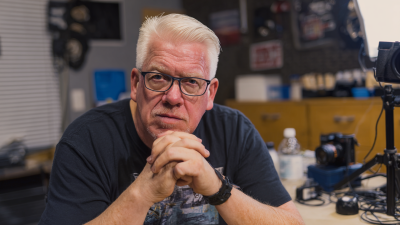
Copyright © 2025 The Toolroom Inc. All Rights Reserved.
Website Design St Louis by IQComputing